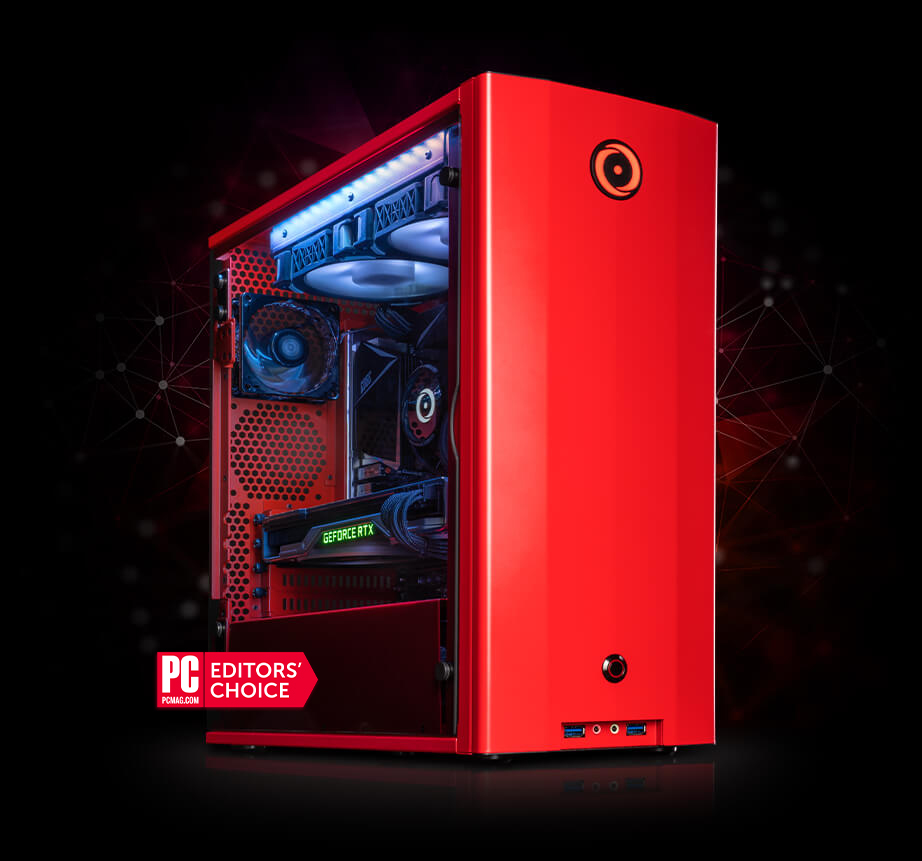Respawn Ninja FURIOUS Gaming PC – RTX 3070
Intel Core i7 11700K 8 Core 16 Threads up to 5.00GHz CPU cooled by 120mm Performance Air Cooler – Gigabyte Z590 Gaming Chipset – Corsair 16GB (2x 8GB) DDR4 Memory up to 3200MHz – Gigabyte GeForce RTX 3070 8GB Overclocked Graphics Card – Primary Storage: WD Blue 1TB NVMe M.2 SSD – 2.5 Gigabit LAN – Intel WiFi 6 802.11ax – Bluetooth V5.1 – AMP UP ALC1220-VB 7.1 HD Audio – Windows 10 is NOT Include but Optional – 64-Bit – RGB Lighting – Assembled & Tested – 2 Years Return to Base Warranty
Intel Core i7 11700K 8 Core 16 Threads up to 5.00GHz CPU cooled by 120mm Performance Air Cooler – Gigabyte Z590 Gaming Chipset – Corsair 16GB (2x 8GB) DDR4 Memory up to 3200MHz – Gigabyte GeForce RTX 3070 8GB Overclocked Graphics Card – Primary Storage: WD Blue 1TB NVMe M.2 SSD – 2.5 Gigabit LAN – Intel WiFi 6 802.11ax – Bluetooth V5.1 – AMP UP ALC1220-VB 7.1 HD Audio – Windows 10 is NOT Include but Optional – 64-Bit – RGB Lighting – Assembled & Tested – 2 Years Return to Base Warranty
Additional information
| CPU | Intel Core i7 |
|---|---|
| Graphics Card | GeForce RTX 3070 |
| RAM | 16GB |
| Storage - SSD | 1 TB |






Reviews
There are no reviews yet.